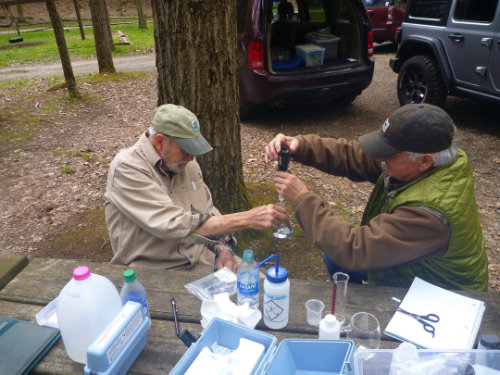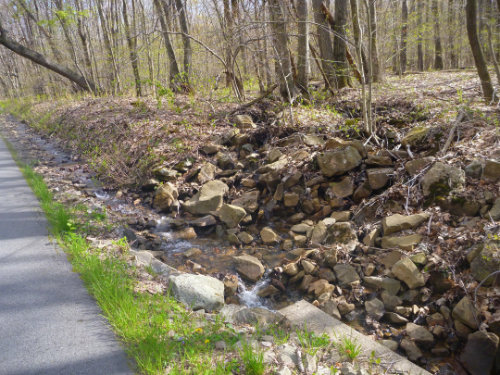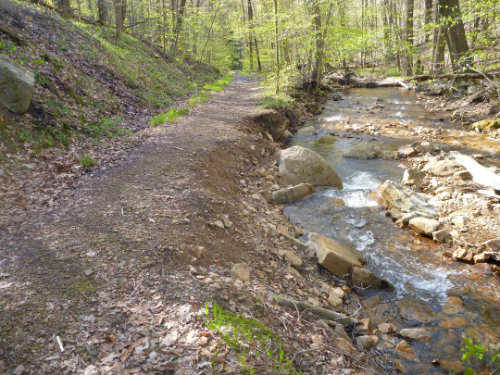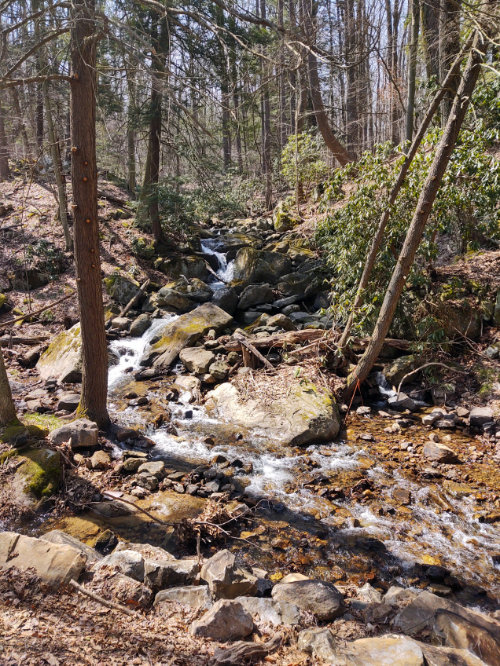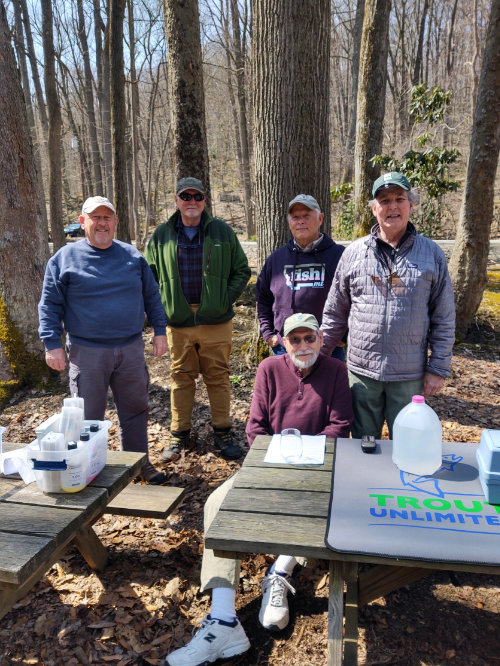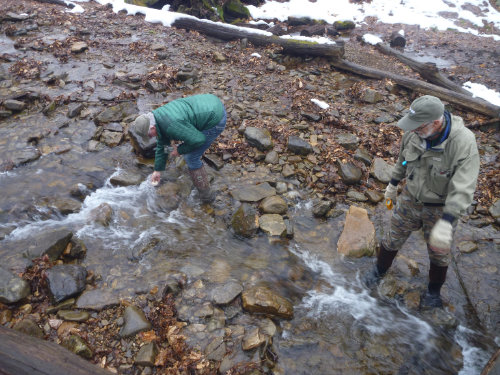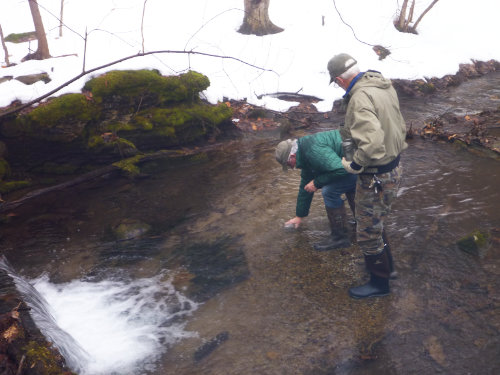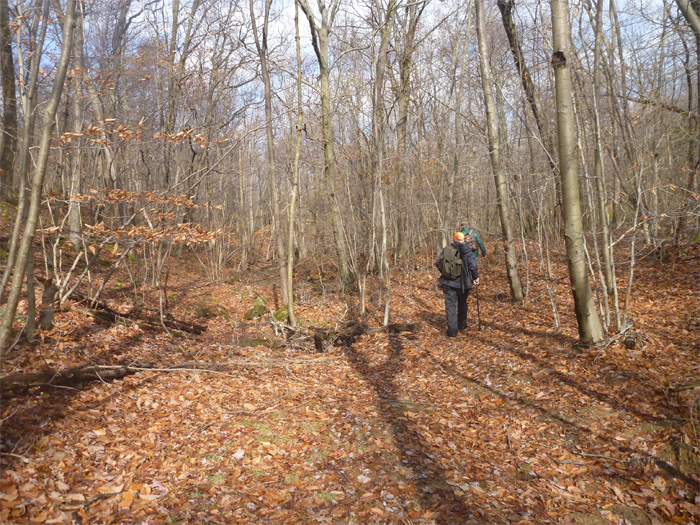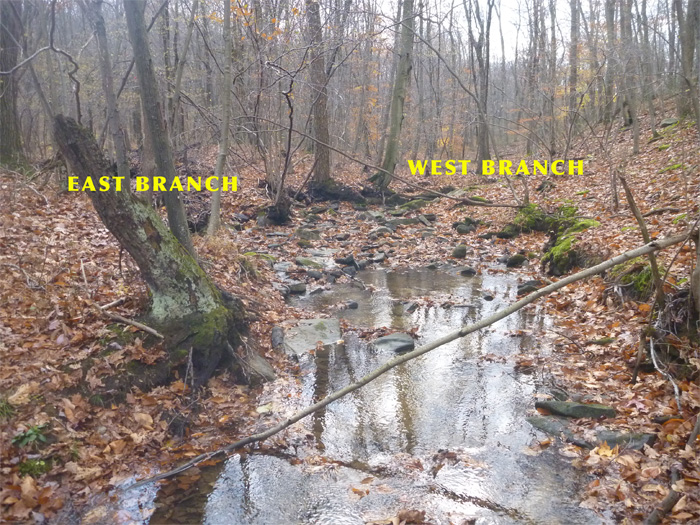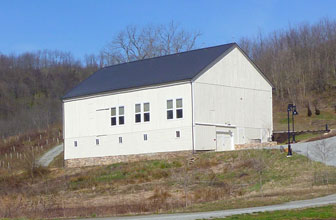Category: Citizen Science
Rock Run Data For June 2021

Monthly water testing results for Rock Run:
Air Temperature: 48° F
Water Temperature: 52.5° F
Linn Run Discharge: 28.1 ft³/sec
Linn Run Gauge: 2.08 ft.
pH: 7.5
Alkalinity: 7.4
Linn Run Conservation Plan Underway
FTTU has been wanting to do a comprehensive study of the Linn Run watershed for a long time and finally, it’s happening in 2021. President Larry Myers has assembled a team with FTTU and local conservation organizations including the Western Pennsylvania Conservancy, the Westmoreland County Conservation District, the Loyalhanna Watershed Association, the Powdermill Nature Reserve, DCNR – Linn Run State Park and FTTU citizen scientists and local volunteers to accomplish the work. The first step was to do a visual habitat assessment of the watershed which involved walking the entire length of Linn Run and its tributaries. FTTU and community volunteers were assigned “beats” and put boots-on-the-ground looking for impairments and scoring their sections in various categories including sediment deposition, channel flow, embeddedness, riparian vegetative cover, riffle-run-pool frequency and bank stability. The teams took detailed notes, photos and GPS coordinates.
Water quality was next. Samples were collected at various locations around the watershed and were tested for pH, alkalinity, dissolved oxygen and total dissolved solids at our on-site lab at the Grove Run Picnic Area on May 12. Other samples were taken in key locations for professional testing for nitrates, phosphates, acidity, aluminum and turbidity.
Up next will be a macroinvertebrate study and an electro-fishing study. Locations for these activities is to be determined.
Many thanks to our partners, Greg Schaetzle of the Western Pennsylvania Conservancy conducted the habitat assessment training, Andrea Kautz of Powdermill will do the macro identification training and Josh Penatzer will handle the electro-fishing study.
The project is funded by a grant from The Foundation for PA Watersheds.
The results will be compiled into a Conservation Plan which will make it easier for us to acquire grants for future stream improvement projects.
Rock Run Water Tests For May
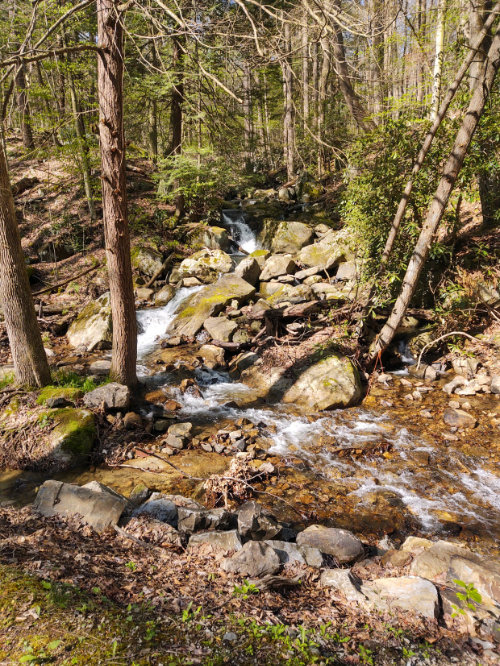
Here’s the results of water sampling at the mouth of Rock Run done on May 1, 2021.
Air Temperature: 39° F
Water Temperature: 44.5°
Linn Run Discharge: 33.4 ft³/sec
Linn Run Gauge Height: 2.17 ft.
pH: 7.4
Alkalinity: 4.3
Rock Run Water Testing April 2021
Water sampling was done at the mouth of Rock Run on April 5.
Air Temperature: 55° F
Water Temperature: 46° F
Linn Run Gauge Height: 1.95
pH: 7.3
Alkalinity: 3.9
This month, Denny Hess conducted a training session on how to use the pH meter and do the alkalinity titration test.
Click here Rock Run pH Chart 2021 for the rundown on monthly test results for this year.
Monthly Water Testing Results
“Neither rain nor snow nor dark of night…”, you know the saying. You may question their sanity, but the FTTU citizen scientists were out in the rain and snow and mist and fog to do our monthly water quality tests at the mouth of Rock Run. We visited two other Linn Run tributaries Grove Run and Quarry Run and took samples there as well. The flow in the watershed was healthy do to snow melt and rain which also stesses the alkalinity of the streams. Rock Run has the lowest alkalinity of the three, which is what led to out limestone treatment project there. Quarry Run, which is basically a large spring, has the best water quality of the three.
Air Temperature: 37° F
Linn Run Discharge: 19
Linn Run Gauge Height: 2.16
Rock Run
Water Temperature: 41.5° F
pH: 7.3
Alkalinity: 3.1
Grove Run
Water Temperature: 39.5°
pH: 7.2
Alkalinity: 6.2
Quarry Run
Water Temperature: 40.5°
pH: 7.2
Alkalinity: 16.6
Rock Run Water Testing for February 2021

You may question their sanity, but the FTTU testing crew was out with temperatures in the teens at Rock Run taking water samples this past Saturday.
It was a “crisp” but beautiful winter day at Linn Run State Park, Rock Run was flowing moderate and as always, clear.
Air Temp: 19 degrees F
Water Temp: 29.5 degrees F
Linn Run Gauge: 1.91 ft.
Linn Run Discharge: 21.8 ft³/sec.
pH: 7.6
Alkalinity: 3.2
We also collected some snow from around the area, allowed it to melt, and took readings of those samples as well.
pH: 7.3
Alkalinity: 4.5
Rock Run January 2021
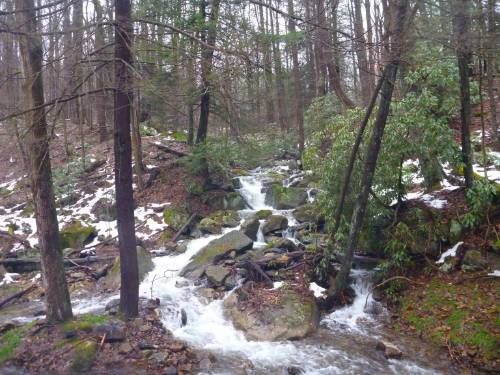
A new year of water quality testing begins on Rock Run. The flow is high with rain and snow runoff, so the stream’s alkalinity content is put to the test.
Air Temperature: 39 degrees F
Water Temperature: 40.5 degrees F
Linn Run discharge: 22.0
Linn Run gauge: 2.88
pH: 6.8
Alkalinity: 2.6
Final Rock Run Test Data for 2020
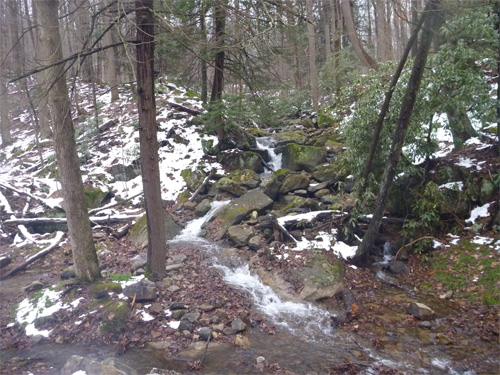
The testers braved the chill and completed the final water tests at the mouth of Rock Run on December 5.
December Numbers
Air Temperature: 36 Degrees F
Water Temperature: 40 Degrees F
pH: 7.2
Alkalinity: 5.0
Linn Run Gauge: 2.35
Linn Run Discharge:22
Highs and Lows
Air Temperature: High – 72 in August. Low – 27 in January.
Water Temperature: High – 67 in August. Low – 37.5 in January
pH: High – 7.5 in November. Low – 6.5 in January.
Alkalinity: High – 11.4 in August. Low – 2.2 in May.
Linn Run Gauge: High – 2.38 in January. Low – 1.4 in October.
Linn Run Discharge: High – 48.8 in March. Low – too low for a reading in August.
Averages for 2020
Air Temperature: 51.8
Water Temperature: 50.5
pH: 6.88
Alkalinity: 5.92
Linn Run Gauge: 1.92
Linn Run Discharge: 17.92
Surprisingly, despite the drought, Linn Run gauge and discharge averages were higher in 2020 than 2019 probably because of high flows early in the year.
pH was up in 2020, but alkalinity was down slightly probably because high flows produced low readings in January, February, March and May.
You can view the whole 2020 report by clicking here Rock Run Tests 2020.
Monthly Water Tests
The Citizen Scientists were at it again on Saturday, November 1st.
Readings taken at the mouth of Rock Run are as follows:
Air Temperature: 48 Degrees F
Water Temperature: 47.5 Degrees F
Linn Run Gauge: 2.01
Linn Run Discharge: 9.0
pH: 7.5
Alkalinity: 9.5
We also hiked in to the headwaters on the East Branch and took readings there.
EAST BRANCH
pH: 7.4
Alkalinity: 37.8
WEST BRANCH
pH: 6.8
Alkalinity: 2.1
MAIN STEM 200′ Below Confluence
pH: 7.3
Alkalinity: 35.2
The effects of the limestone sand dosing are plain to see from the difference in alkalinity. The limestone sand piles are located near the top of the East Branch. The West Branch has not been treated with limestone. The alkalinity test at the mouth shows the influence of the limestone (+7.4) 1.5 miles downstream.
The East Branch is about 3/4 mile long. The readings were taken about 1/2 mile from the limestone. Limestone sand is evident throughout the entire length of the East Branch. The West Branch is smaller and has a lower flow.
Rock Run Water Tests October 2020
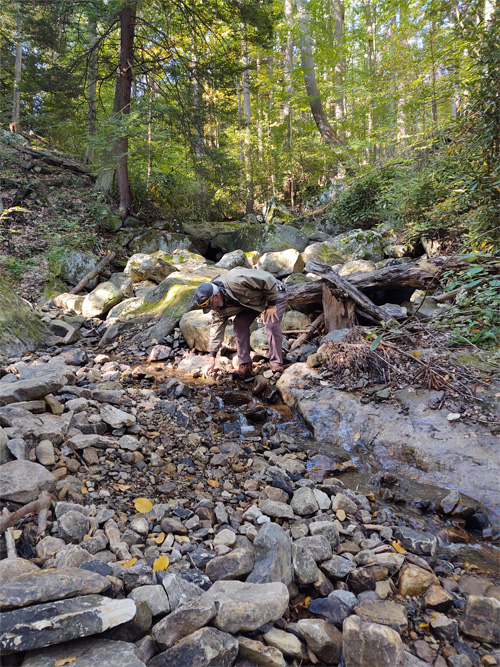
Here’s the readings taken at the mouth of Rock Run on October 4, 2020.
Air Temperature – 39 Degrees F
Water Temperature – 50 Degrees F
Alkalinity – 9
pH – 7.2
Linn Run Gauge – 1.4
Linn Run Discharge – 1.8
Samples were taken upstream above the limestone sand piles.
pH – 4.8
Alkalinity – Zero!
Water Temperature – 50 Degrees F

